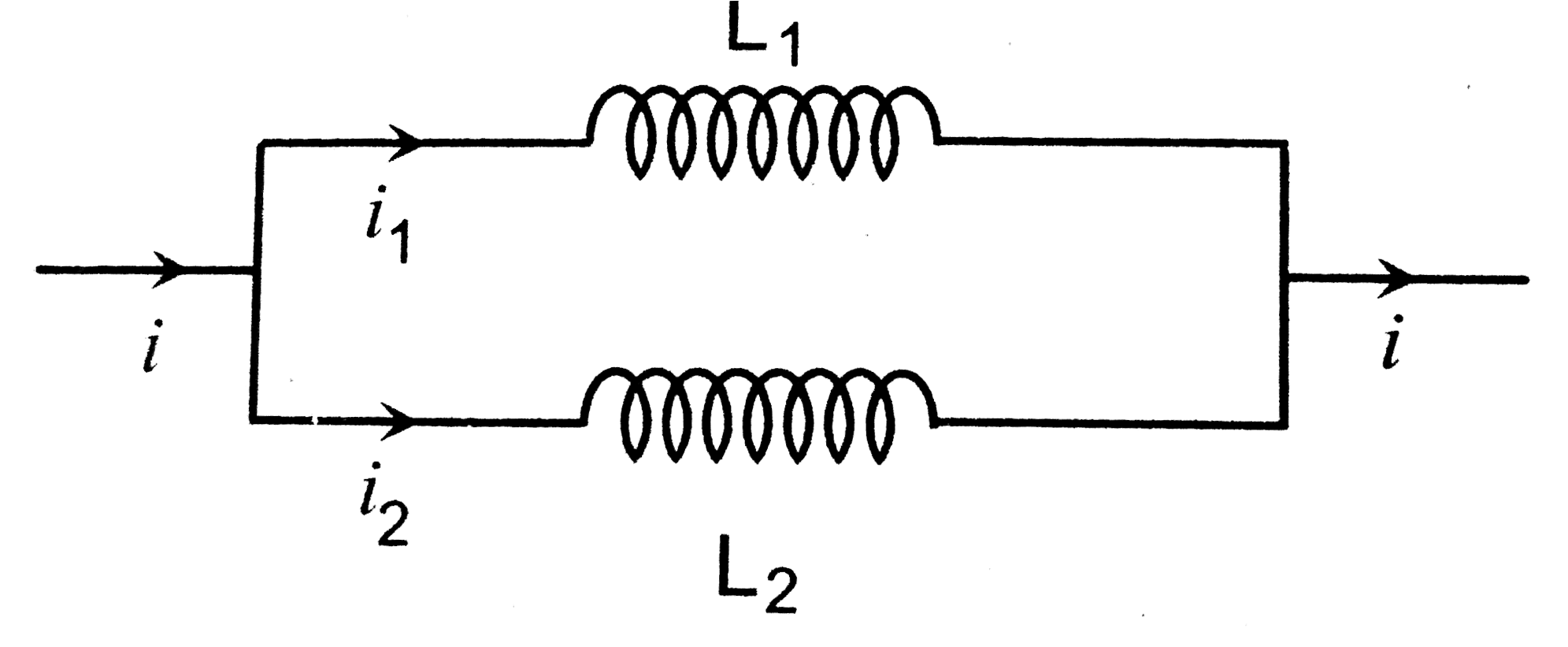The nature of parallel and anti-parallel currents are
parallel currents repel and antiparallel currents attract.
parallel currents attract and antiparallel currents repel.
both currents attract.
both currents repel.
The correct Answer is:B
To analyze the nature of parallel and anti-parallel currents, we can follow these steps:
1. Understanding Current Directions:
- Define what parallel and anti-parallel currents are.
- Parallel currents flow in the same direction, while anti-parallel currents flow in opposite directions.
2. Magnetic Field Direction:
- Use the right-hand rule to determine the direction of the magnetic field created by each wire.
- For a wire carrying current, point your thumb in the direction of the current; your fingers will curl in the direction of the magnetic field.
3. Force on the Wires:
- The force acting on a current-carrying wire in a magnetic field can be calculated using the formula:
F=IL×B
- Here, I is the current, L is the length vector of the wire in the direction of the current, and B is the magnetic field.
4. Analyzing Parallel Currents:
- For two wires carrying parallel currents, apply the right-hand rule to find the direction of the forces acting on each wire.
- Since both wires create magnetic fields that point in the same direction, the forces on each wire will be attractive.
5. Analyzing Anti-Parallel Currents:
- For two wires carrying anti-parallel currents, again use the right-hand rule.
- The magnetic fields created by each wire will point in opposite directions, leading to repulsive forces between the two wires.
6. Conclusion:
- Summarize the findings: Parallel currents attract each other, while anti-parallel currents repel each other.
Final Statement:
Thus, the nature of parallel and anti-parallel currents is that parallel currents attract each other and anti-parallel currents repel each other.
---
- Define what parallel and anti-parallel currents are.
- Parallel currents flow in the same direction, while anti-parallel currents flow in opposite directions.
- Use the right-hand rule to determine the direction of the magnetic field created by each wire.
- For a wire carrying current, point your thumb in the direction of the current; your fingers will curl in the direction of the magnetic field.
- The force acting on a current-carrying wire in a magnetic field can be calculated using the formula:
F=IL×B
- Here, I is the current, L is the length vector of the wire in the direction of the current, and B is the magnetic field.
- For two wires carrying parallel currents, apply the right-hand rule to find the direction of the forces acting on each wire.
- Since both wires create magnetic fields that point in the same direction, the forces on each wire will be attractive.
- For two wires carrying anti-parallel currents, again use the right-hand rule.
- The magnetic fields created by each wire will point in opposite directions, leading to repulsive forces between the two wires.
- Summarize the findings: Parallel currents attract each other, while anti-parallel currents repel each other.
Thus, the nature of parallel and anti-parallel currents is that parallel currents attract each other and anti-parallel currents repel each other.
Topper's Solved these Questions
- BOOK - NCERT FINGERTPS ENGLISHCHAPTER - MOVING CHARGES AND MAGNETISM EXERCISE - HOTS5videos
MOVING CHARGES AND MAGNETISM
- BOOK - NCERT FINGERTPS ENGLISHCHAPTER - MOVING CHARGES AND MAGNETISM EXERCISE - EXEMPLAR PROBLEMS6videos
MOVING CHARGES AND MAGNETISM
- BOOK - NCERT FINGERTPS ENGLISHCHAPTER - MAGNETISM AND MATTER EXERCISE - NCERT Exemplar5videos
MAGNETISM AND MATTER
- BOOK - NCERT FINGERTPS ENGLISHCHAPTER - NUCLEIEXERCISE - Assertion And Reason15videos
NUCLEI
Similar Questions
(i) Write the type of magnetism observed when the magnetism observed when the magnetic moments are aligned in parallel and anti parallel direction in unequal number . ltbnrgt (ii) Which stoichiometric defect decreases the density of the crytal?
View Solution(i) Write the type of magnetism observed when the magnetism observed when the magnetic moments are aligned in parallel and anti parallel direction in unequal number . ltbnrgt (ii) Which stoichiometric defect decreases the density of the crytal?
View Solution
Knowledge Check
- Question 1 - Select One
Two inductors L1 and L2 are connected in parallel and a time varying current flows as shown.
The ratio of current i1/i2 is?
 AL2L1BL1L2CL22(L1+L2)2DL21(L1+L2)2
AL2L1BL1L2CL22(L1+L2)2DL21(L1+L2)2 - Question 2 - Select One
A form of magnetism in which the magnetic moments of neighbouring atoms are arranged anti-parallel is called as ....... In anti-fluoride structure, cations are present in............. voids
ADimagnetism, octahedralBAnti-ferromagnetism, tetrahedralCParamagnetism, octahedralDParamagnetism, tetrahedral - Question 3 - Select One
The two linear parallel conductors carrying currents in the opposite direction…………………each other.
AIf both assertion and reason are true and reason is the correct explanation of assertion.BIf both assertion and reason are true but reason is the correct explanation of assertion.CIf assertion is true but reason is falseDIf both assertion and reason are false.
In series, potential difference distributes in direct ratio of resistance and in parallel current is distributed in inverse ratio of resistance
In the circuit shown in figure
 View Solution
View SolutionThe plates of a parallel plate capacitor are not exactly parallel. The surface charge density is therefore,
View SolutionTwo inductors L1 and L2 are connected in parallel and a time varying current flows as shown.
the ratio of current i1/i2
 View Solution
View SolutionBy the theorem of parallel axes:
View SolutionThe force between two parallel current carrying wires is independent of
View Solution

